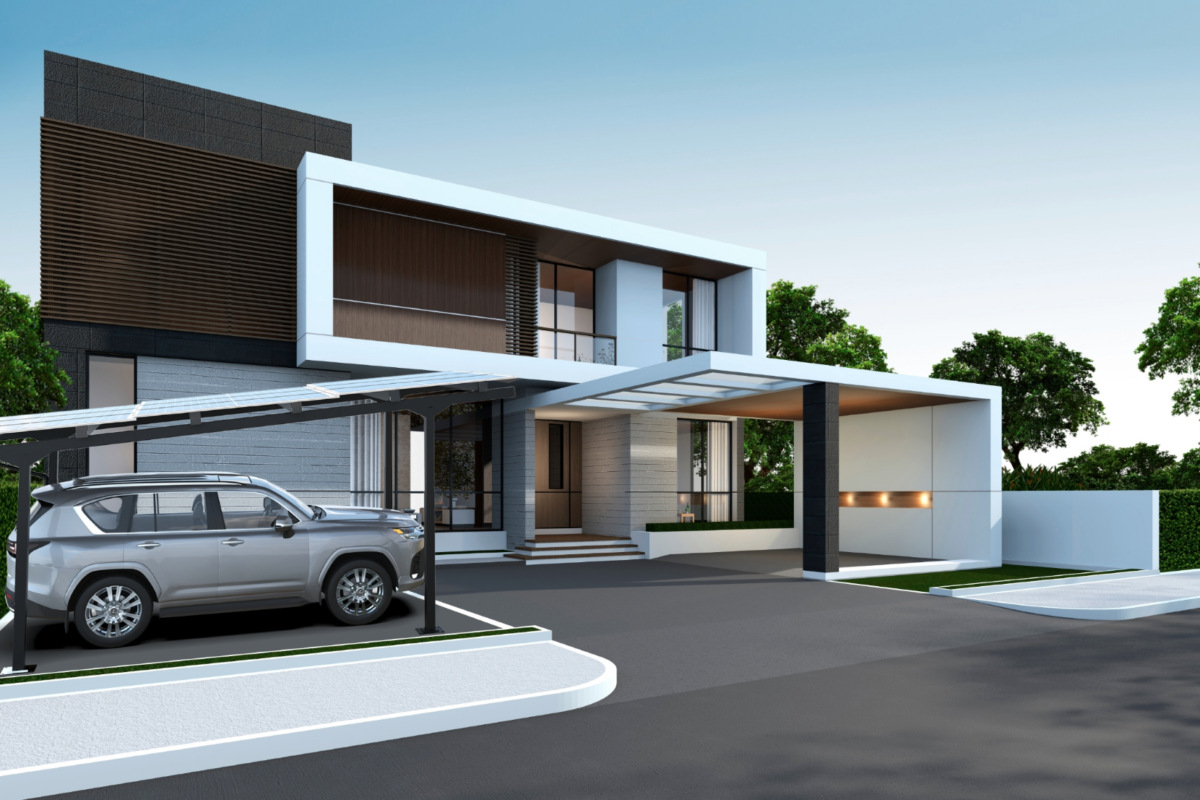South Jeolla province, in the Honam region at the southwestern tip of the Korean peninsula, is seeing blossoming development of small scale renewables projects.
Such solar arrays and other installations, with a generation capacity of no more than 1 MW each, are exempt from permitting requirements under Korean law.
South Korea’s Ministry of Trade, Industry and Energy (MOTIE), says there are around 18,000 projects of the kind under development in the region, which is also seeing several larger solar parks developed.
MOTIE said a new energy strategy launched in December by central government had prompted provincial authorities to support renewables development on a huge scale.
Deforestation fears
Far from being universally welcome news, the Korea Herald newspaper in April reported claims by the opposition Liberty Korea Party that project developers had felled 2 million trees nationwide to make room for solar plants, with around 4,407 hectares of forest allegedly cleared. The provinces of North Gyeongsang and South Jeolla are said to have suffered the most, with 600,000 and 460,000 trees lost, respectively.
The government has said it will introduce restrictions on the small scale arrays that have proliferated, to reduce their environmental impact. The authorities will also survey approved projects and prepare supplementary measures to strengthen local residents’ acceptance of such facilities.
“The government will keep making efforts to expand the distribution of clean energies in a systematic and orderly manner while minimizing problems such as environmental damage,” MOTIE said in a press release.
Small systems drive demand
According to the latest MOTIE statistics, Korea added around 1.64 GW of new solar generation capacity in the first seven months of the year, with South Jeolla alone adding 18.3% of the new arrays. Some 92.1% of the new solar added in Korea to the end of July – around 1.5 GW – came in the form of sub-1 MW systems.
Under Korea’s Electric Utility Act, power producers can sell electricity to utility KEPCO under a power purchase agreement if a plant is on an island or if its generation capacity is no larger than 1 MW.
South Korea plans to install 30.8 GW of solar by 2030.
This content is protected by copyright and may not be reused. If you want to cooperate with us and would like to reuse some of our content, please contact: editors@pv-magazine.com.




9 comments
By submitting this form you agree to pv magazine using your data for the purposes of publishing your comment.
Your personal data will only be disclosed or otherwise transmitted to third parties for the purposes of spam filtering or if this is necessary for technical maintenance of the website. Any other transfer to third parties will not take place unless this is justified on the basis of applicable data protection regulations or if pv magazine is legally obliged to do so.
You may revoke this consent at any time with effect for the future, in which case your personal data will be deleted immediately. Otherwise, your data will be deleted if pv magazine has processed your request or the purpose of data storage is fulfilled.
Further information on data privacy can be found in our Data Protection Policy.